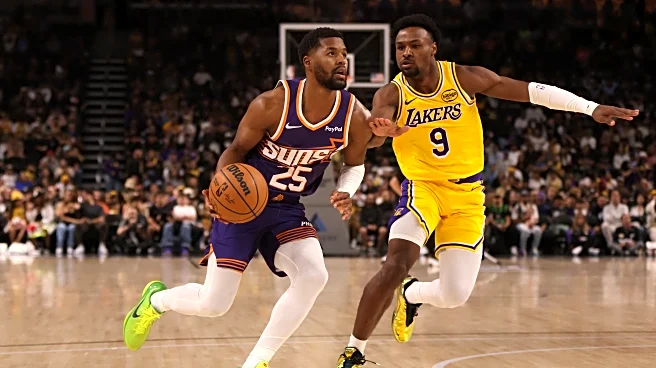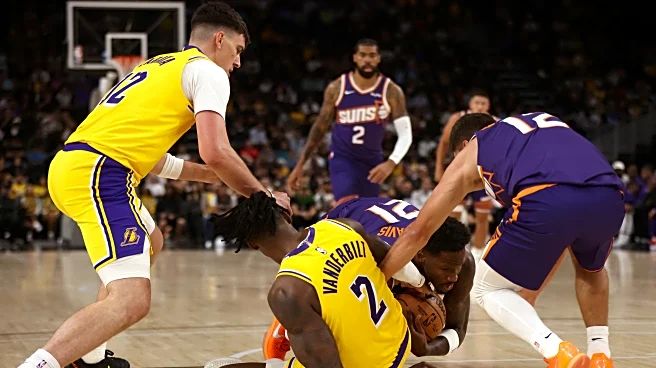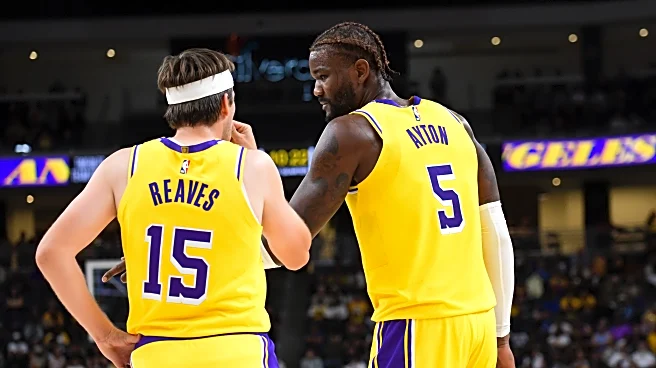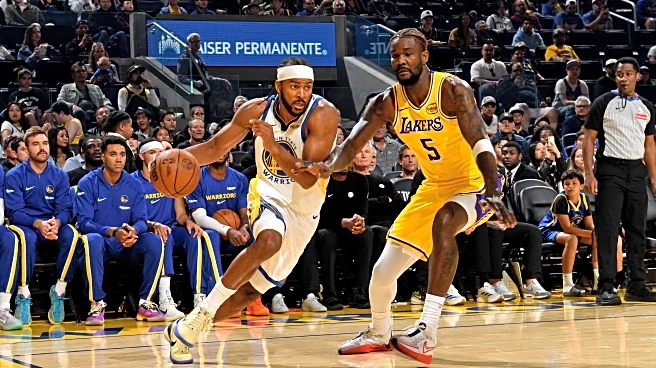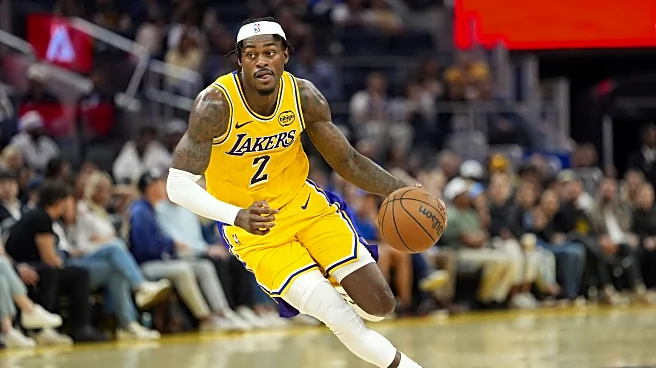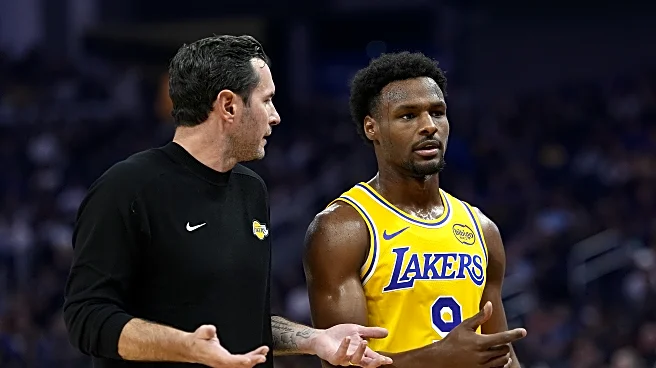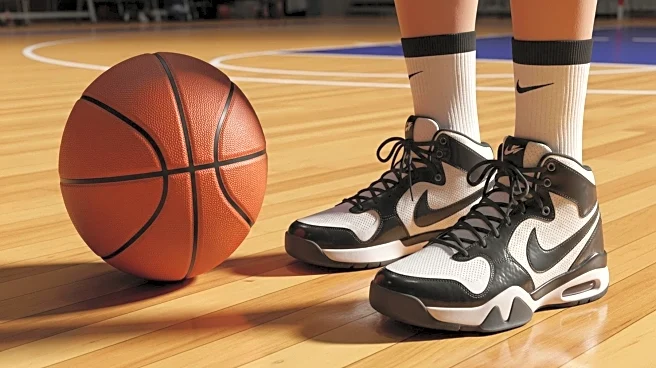While watching the Suns face the Lakers in their first preseason game, something clicked. A question that had been rattling around my head all week came back to me: How should I cover this team this year?
It sounds simple enough, though it’s not. The easy answer? Honestly. That has always been my compass. Candidly. Transparently.
I’ve tried to write about this team the same way I talk about them at a bar: clear-eyed, occasionally irrational, but never insincere. Maybe that’s to my detriment. After all, I’m an “fanalyst”, not an analyst. This isn’t a sterile media outlet. It’s a place where thought, feeling, and frustration all sit at the same table. We know what happens. I’m more interested in why it happens. Or how. And maybe most of all, what we make of it.
When I asked myself last week how to cover this team via my week-to-week recaps, it wasn’t about structure, it was about soul. In years past, I’d latch onto one idea, chase it through stats and trends, and see if it ever grew legs. Numbers, three-point attempt rate, efficiency; all that good, nerdy stuff.
But as I sat there watching the Suns and Lakers trade baskets, something became clear.
Possessions. Possessions equal opportunity, and opportunity equals control.
That’s the heartbeat of this team. That’s the pursuit. Jordan Ott said as much when he took the podium as the new head coach.
“I think a way to look at it is playing earlier in the clock. We know the efficiency of offensive possessions start high and they drop. How often can we get a good look early in the possession?” Coach Ott stated at his introductory press conference back in June. “So we’re going to play fast. We’re going to move, and you know the cutting piece is important.”
And that’s the lens I want to use this season. Possessions. Last year, we were told that Mike Budenholzer’s schemes would translate into more three-pointers—and they did. We tracked it. We saw it unfold in real time. But this year feels different. This year isn’t about the shots being taken; it’s about the opportunities to take them.
I want to monitor the possession battle week by week. How often the Suns win it. How they earn it. Are extra possessions born from offensive rebounds? From forcing turnovers? Or are those lifelines missing entirely, leaving them gasping for air as games slip away?
Last season, that was one of many problems. The Suns lost the possession battle more often than not, and the numbers tell the story. Possessions are estimated through this little gem for my fellow stat junkies:
Possessions = FGA + (0.44 × FTA) − ORB + TOV
That’s the formula used by Basketball Reference and Cleaning the Glass (with minor tweaks). Using that framework, here’s what we know about last year:
- The Suns lost the possession battle 44 times (54% of the season)
- They lost it in 22 of their 36 wins
- They lost it in 22 of their 48 losses
Looking closer:
- They had fewer turnovers than their opponent 27 times (going 17–10 in those games)
- They had more shot attempts than their opponent 23 times (going 8–15)
So, if I had a graph last year to look at the Suns’ possession differential, their turnover differential, and their cumulative relation to games over or under .500, this is what it would have looked like:

Based on last season’s possession and turnover battles, one truth emerges from the chaos: volatility breeds inconsistency. The Suns lived on a pendulum, swinging wildly from control to collapse, from rhythm to disarray. Each week seemed to carry its own weather pattern. One game a monsoon of turnovers, the next a drought of possessions.
That volatility wasn’t random; it was a symptom.
Opponent strength, lineup tinkering, and pure execution swings all conspired to keep the team from finding any kind of sustainable groove. You could see the potential. But those moments vanished as quickly as they appeared.
Inconsistency defined their season. It wasn’t simply that they lost control of games. It was that they never learned how to hold it. Whether it stemmed from rotational instability, nagging injuries, or a lack of in-game adaptability, the result was the same: a team constantly chasing balance, never catching it.
And in basketball, as in life, volatility without adaptation doesn’t make you dynamic. It makes you dizzy.
So as we move through the 2025-26 season, 25 weeks of it, I’ll track that war for possessions. We’ll see if Jordan Ott’s philosophy, the one he’s hitched his reputation to, actually manifests on the floor. Even if it doesn’t translate to immediate success, we’ll know whether it’s taking root.
Because if the Suns are starting to generate more possessions, that means something is shifting. It means they’re hustling harder. Playing more disruptively. Creating chaos instead of being consumed by it.
That’s where culture begins. Not with slogans or quotes, but with sweat. With the grind. With the willingness to make one more play, one more effort, one more possession that tips the balance. And if this team can start winning that battle, they might finally start winning the war.

